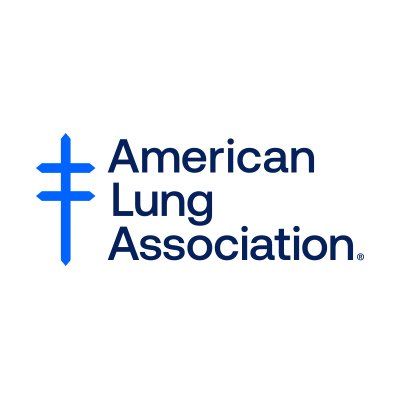Article
"State of the Air" Report Reveals Concerns Despite Efforts of Improvement
Author(s):
The American Lung Association's "State of the Air" report reveals that over one-third of Americans live in areas with unhealthy levels of ozone or particle pollution, with significant disparities between white people and people of color.
Credit: American Lung Association

Today, the American Lung Association's "State of the Air" report reveals that despite overall improvements in air quality, nearly 120 million people live in counties with unhealthy levels of ozone or particle pollution within the US.
The report graded Americans' exposure to unhealthy levels of ground-level ozone air pollution, annual particle pollution, and short-term spikes in particle pollution over a 3-year period.
Along with over one-third of the population being exposed to air pollution, an especially concerning finding identified the disproportionate impact these conditions have on people of color.
More than 64 million people of color, or 54% of those living in areas with unhealthy air quality, are exposed to dangerous levels of air pollution. This number escalated from last year's report demonstrating the persistent environmental injustice that exists in these communities across the country.
The report also highlighted the dangers of particle pollution, which can trigger asthma attacks, heart attacks, strokes, and cause lung cancer. The sources of these particles range from wildfires, wood-burning stoves, coal-fired power plants, and diesel engines.
The grades for short-term and annual average levels of particle pollution were graded separately, the report noted.
Highest Short-Term Particle Pollution in a Decade
Short-term particle pollution remains a significant threat to communities throughout the US. This year’s report shows a concerning increase in the number of people living in areas that experience unhealthy spikes in particle pollution. Specifically, almost half a million more people were affected compared to last year.
Ranking of Cities Most Polluted by Short-Term Particle Pollution:
- Bakersfield, CA
- Fresno-Madera-Hanford, CA
- Fairbanks, AK
- Visalia, CA
- Reno-Carson City-Fernley, NV
In total, 63.7 million people live in regions with these pollutants, marking the highest number reported in the last decade. The report stressed the urgent need to address the sources of particle pollution and implement measures to protect the health of those living in affected areas.
Reduction in Year-Round Particle Pollution
There was some positive news to be found regarding year-round particle pollution. Apparently, 1.5 million fewer people were living in counties with failing grades for annual particle pollution, although a total of 18.8 million people still lived in affected areas.
Slight Decrease in Ozone Pollution
On the other hand, ground-level ozone pollution remains a prominent respiratory irritant, with 103 million people living in areas with unhealthy ozone pollution. Still, this represents an improvement of 19.3 million compared with last year's report.
Cities with High Presence of Ozone Pollution:
- Los Angeles-Long Beach, CA
- Visalia, CA
- Bakersfield, CA
- Fresno-Madera-Hanford, CA
- Phoenix-Mesa, AZ
Cleanest Cities
The report also exhibited the cleanest cities in the US, which must experience no high ozone or particle pollution days and rank among the 25 cities with the lowest year-round particle pollution levels.
Cities with the Cleanest Air:
- Asheville-Marion-Brevard, NC
- Bangor, ME
- Greenville-Kinston-Washington, NC
- Lincoln-Beatrice, NE
- Rochester-Batavia-Seneca Falls, NY
- Urban Honolulu, HI
- Wilmington, NC
However, another concerning fact was also addressed: out of 3221 counties in the US, only 922 are equipped to monitor at least one pollutant, meaning that more than 71 million people live in counties where their ozone and particle pollution levels are not being monitored.
While the report does show improvements in air quality in some areas, it is clear that more needs to be done to ensure clean air for all. The Lung Association emphasizes the importance of continuing efforts to address air pollution, particularly for communities that are disproportionately affected.
Given these findings, the American Lung Association is urging President Biden to take prompt action in addressing air pollution nationwide. Some interventions mentioned included setting new limits on ozone and particle pollution and implementing measures to clean up power plants and vehicles, among other things.
References:
- A Nation’s Air Quality Divided: New Report Reveals Growing Disparities in Exposure to Air Pollution. American Lung Association. April 19, 2023. Accessed April 19, 2023. https://www.lung.org/media/press-releases/state-of-the-air-2023





